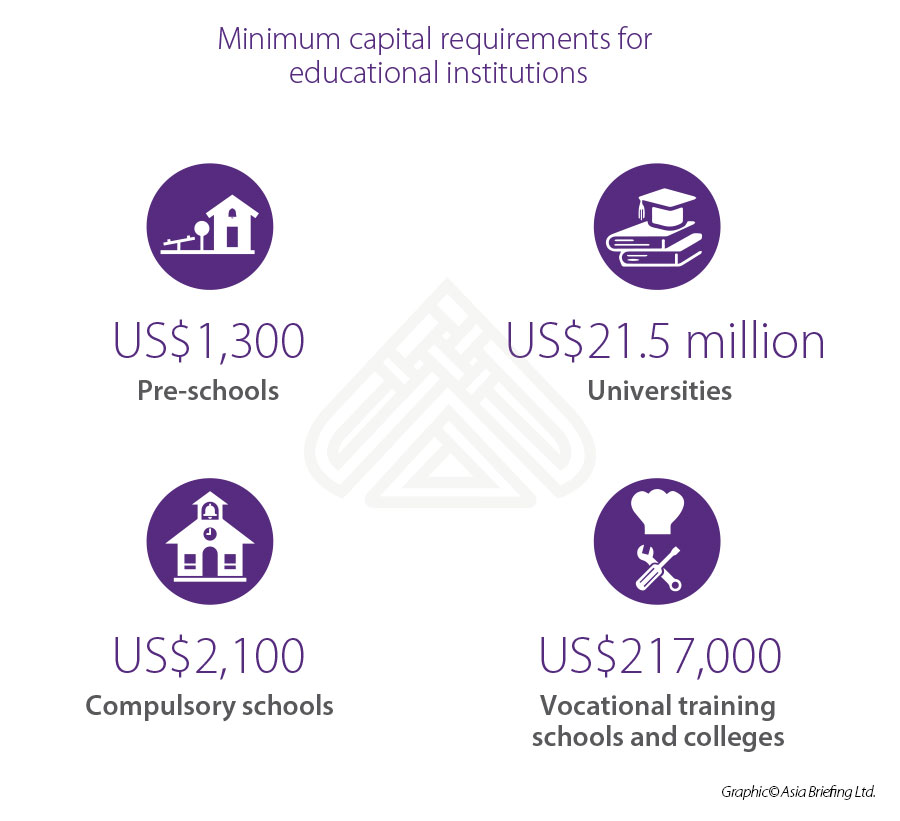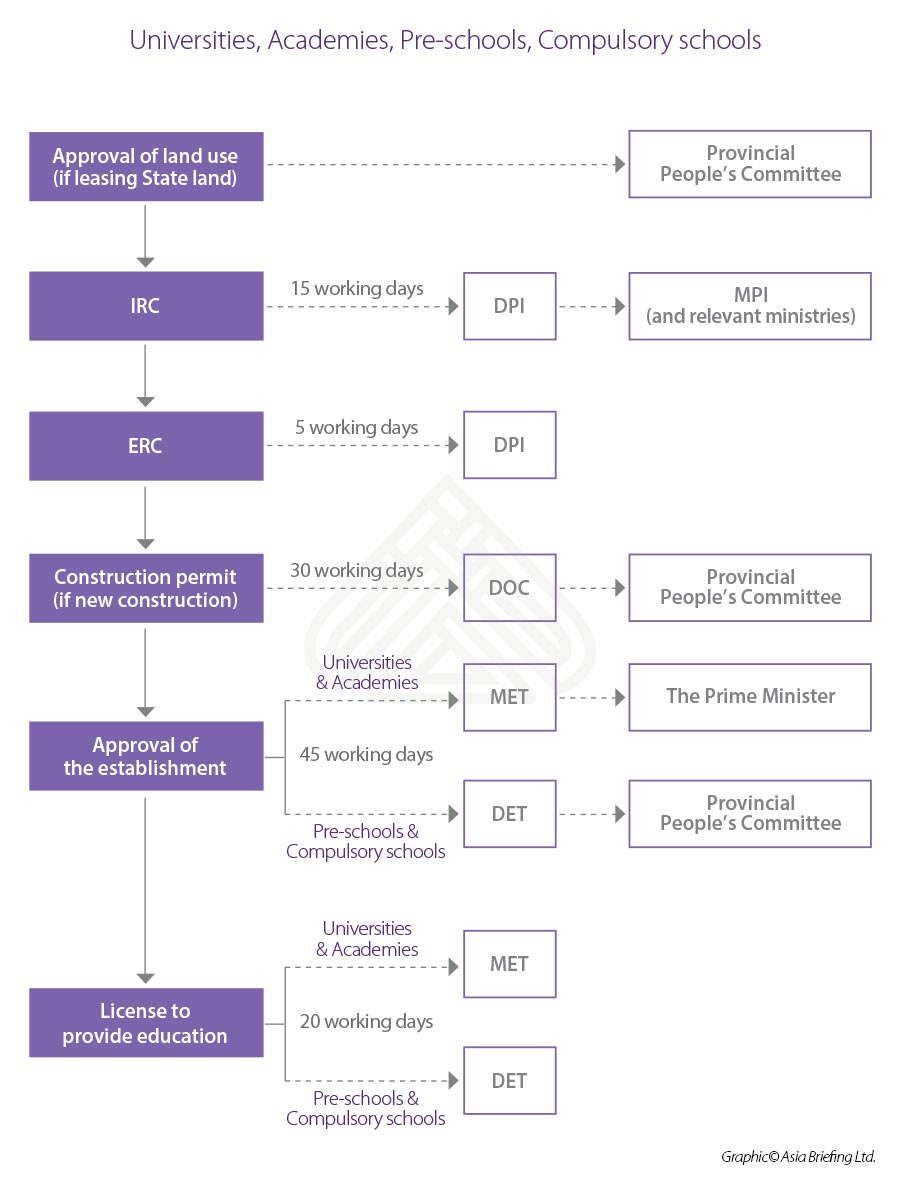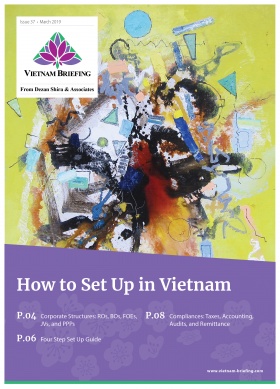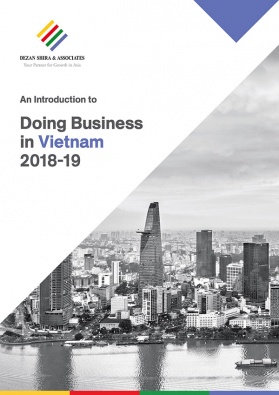Education in Vietnam: Opportunities and Challenges
- Vietnam’s education sector remains attractive for foreign investors as the government attempts to ease regulations.
- We discuss Decree 86 and Decree 99 – recent laws that have allowed for more foreign investment in the sector.
- In addition, we also highlight four drivers for Vietnam’s education sector and list relevant steps to set up various educational institutions in Vietnam.
Vietnam has become a growing destination for foreign investment in Southeast Asia. The demand for high-quality education is reaching new heights, proving favorable opportunities for foreign investors looking to enter the market. Decree No. 86/2018/ND-CP (“Decree 86”), which was introduced in August 2018, to regulate foreign investment in the education sector in Vietnam, is expected to ease regulations allowing foreign-funded schools to enroll more students.
Nevertheless, investment in education remains challenging. Investors should therefore carefully study the country’s regulatory environment when considering options for market entry.
Vietnam’s young population and the government’s commitment to improving education offer opportunities for investments. Since 2000, the government has committed approximately 15 percent to 20 percent of public expenditure on education – one of the highest in ASEAN.
Vietnam’s local rising middle class prefers the private education sector over the public school method due to the better quality of services. This has translated into a strong market for private institutions and vocational schools and services.
Drivers for Vietnam’s education sector
Vietnamese consumer: Underlying the demand for education in Vietnam is a rapidly emerging middle class. Reporting from Boston Consulting Group (BCG) in 2013 showed that Vietnam had the fastest-growing middle class in Southeast Asia. The report projected the middle and affluent classes (MAC) in Vietnam to double in size between 2014 and 2020, from 12 million to 33 million. Accompanying MAC growth is a clear uptick in confidence from those within Vietnam’s current middle class. Survey data provided as part of the BCG report indicated that 90 percent of MAC respondents believe their living conditions are higher than that of their parents. On top of this, respondents in the report confidence that conditions will continue to improve for their children.
Demographic tailwinds: On top of growing incomes and confidence in the future, Vietnam’s demographics also stand to have a positive impact on the education market. Nearly 60 percent of Vietnam’s population of nearly 90 million is under 35 years of age. With more disposable income than in years prior, young Vietnamese, with the support of their parents, are eager to obtain the skills and knowledge which meet the ever-increasing demands of the labor market.
Talent shortages: As investment in children’s education is given increased priority, the demand for sending children to an international learning environment for a higher quality of education is on the rise, making the market more attractive to step into. Vietnam is facing major skill gaps, and local qualifications in many fields are not well acknowledged. International qualifications are therefore seen as a valuable advantage, and in some fields, they are almost essential.
Government support initiatives: In addition to the rising demand for international education providers, investors can also find new opportunities offered by the government, especially after the country’s participation in WTO. Education remains a national priority for the government as it believes it will determine the economic success of the country. The government is also working on improving access to schools and improving the quality of education in Vietnam
How do I set up an education institution
Vietnam’s education institutions are either public or non-public. Non-public institutions are further distinguished in three types such as semi-public, institutions founded by individuals and private.
Regardless, all educational institutions must use the same curriculum and operate as per Vietnamese laws.
As per Vietnam’s commitments to the World Trade Organization (WTO), investors can have a 100 percent foreign-owned education institution in Vietnam.
As per the recent Decree 86, pre-schools and elementary, junior and high schools, which are compulsory, can have up to 49.9 percent of Vietnamese students per foreign program as compared to the 10 percent previously.
In addition, the government allows a foreign-owned company to form foreign education institutions such as short-term training institutions, pre-schools, compulsory education institutions, higher educational institutions and branch campuses of foreign-invested higher education institutions.
In the below infographic we list minimum capital requirements for educational institutions in Vietnam.
Investors are also required to apply for an investment registration certificate (IRC) and an establishment registration certificate (ERC). Investors will then be required to get approval as a decision to establish the foreign-invested education facility, followed by the license for educational activities.
We list out the relevant steps and approvals required for setting up various educational institutions in Vietnam.
DPI – Department of Planning and Investment
DOC – Department of Construction
MET – Ministry of Education and Training
DET – Department of Education and Training
MPI – Ministry of Planning and Investment
Decree 99 on higher education
The government issued Decree 99/2019/ND-CP (Decree 99) effective February 15 providing guidance on higher education in Vietnam. The decree sets out conditions for establishing campuses in Vietnam of foreign higher-education institutions, regulations on boards as well the autonomy and accountability of such institutions.
As per the new regulations, such higher education institutions must have a minimum capital investment of US$21.5 million (VND 500 billion). The educational programs must be accredited or approved by a competent state agency. In addition, the higher educational institution must establish a governing board by August 15, 2020, six months from when the regulation goes into effect.
Higher education institutions have also been granted greater autonomy under the new regulation. They can now decide their academic activities, staff, training, and education structure as long as they are not in conflict with locals laws and regulations.
Note: This article was first published in September 2017, and has been updated to include the latest developments.
About Us
Vietnam Briefing is produced by Dezan Shira & Associates. The firm assists foreign investors throughout Asia from offices across the world, including in Hanoi and Ho Chi Minh City. Readers may write to vietnam@dezshira.com for more support on doing business in Vietnam.
- Previous Article Vietnam’s Real Estate Market: 3 Growth Drivers in 2020
- Next Article Trotz COVID-19 hat Vietnams Wirtschaft noch die schnellste Wachstumsrate in Südostasien









